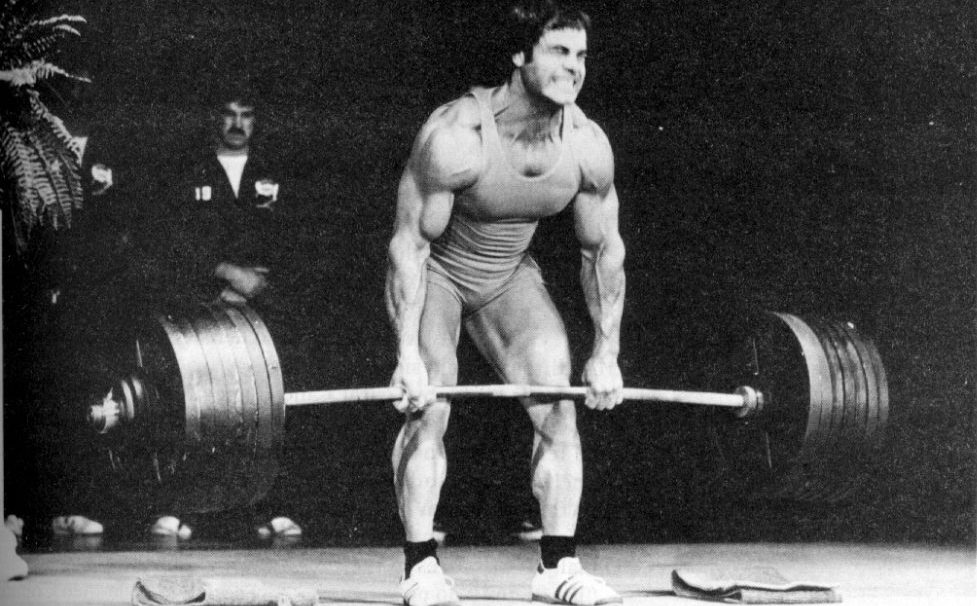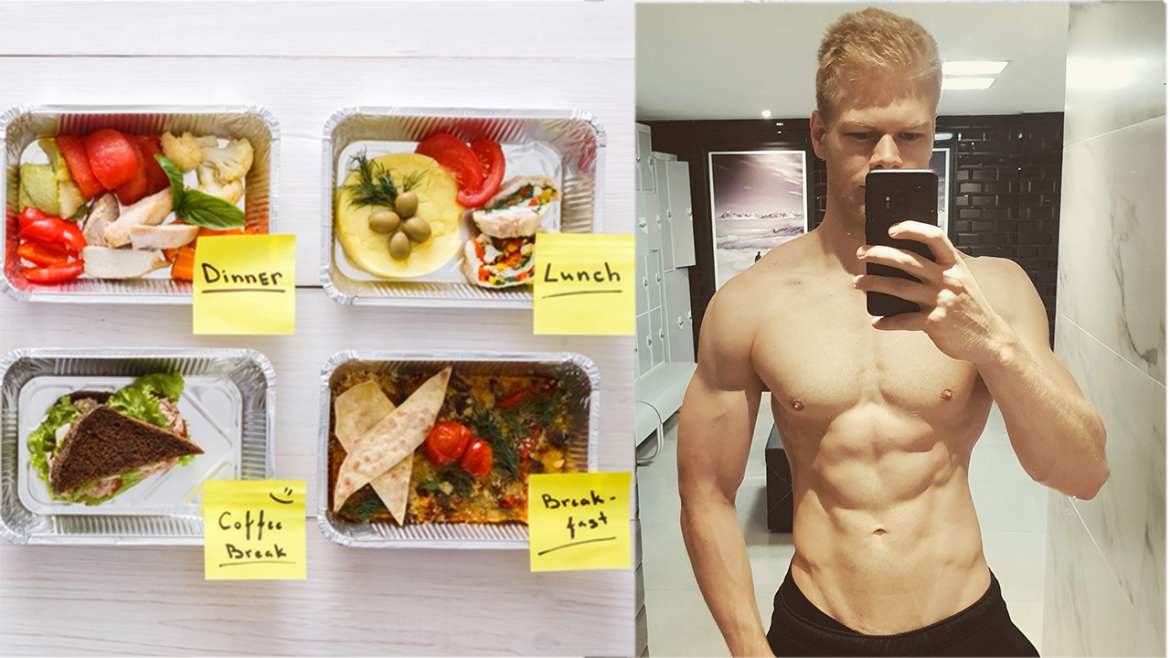Want To Know Why Progressive Overload Is The Most Important Concept In Bodybuilding And How To Correctly Implement It? Read On…

I strongly believe that – with the right workout, diet and mindset – anyone can build an impressive physique. Many beginners who fail to see results within the first few weeks end up quitting and convinced that they did everything in their power and it’s their genetics that suck.
In 99% of the cases, this is bull. While most of the advice from magazines and “fitness gurus” can be ignored, there are some muscle building concepts which are so important, that they have to be included in every trainee’s workout plan. Progressive overload is one of them.
Understanding progressive overload and applying it correctly will make the difference between little to no gains vs. building several pounds of lean muscle within a few months. Not only is it the most efficient and safest way possible to get ripped, it’s the only way to continue building more muscle over longer periods of time.
Progressive Overload Explained
Simply put, progressive overload means that you increase the demands on your muscles over time. In terms of bodybuilding this concept usually refers to continually lifting more weight, but progress could also be achieved through more sets or reps.
Why Is Progressive Overload So Important?
The human body is designed to save energy in order to survive and it will only change if absolutely necessary. Assuming your goal is to build muscle and get stronger, the only way of accomplishing this is by creating an environment which forces your body to adapt. Here is where many beginners (and sometimes even experienced trainees) don’t make their homework.
They get a great workout and go to the gym highly motivated but use the same exact weight, sets and repetitions for weeks, if not months. After a while, they get disappointed by the fact that their body stopped building muscle. Oftentimes they switch to different exercises, never realizing that the problem was a lack of progression rather than their workout design.
More Weight vs. More Sets vs. More Reps – Which One Is Best?
I mentioned earlier, that there are several ways of accomplishing progressive overload. You might ask yourself which of the three most common forms (more weight, more sets, more reps) is most effective. Even though none of the three strategies is inherently better than the others, when it comes gaining muscle, it’s usually best to add more weight instead of reps (or even entire sets).
Most workout plans recommend rep ranges of 4 – 12 repetitions for the major lifts (squats, deadlift, bench press, military press). Obviously, if you were to add more reps to your workout each week, you would quickly go above 12 repetitions. Studies have shown, however, that the higher your rep count (15 and above) the more you train for muscle endurance instead of growth (hypertrophy).
Here, your body will recruit less fast-twitch type-2 muscle fibers, which are the ones with the most growth potential. For optimal muscle and strength growth, our bodies respond best to heavy weights of at least 75-80% of your 1RM. Think of a skinny marathon runner, who trains for endurance in comparison to a muscular sprinter, who trains for strength and explosiveness.
The easiest method to implement progressive overload is by keeping your rep range equal and adding more weight instead. This way you increase the demands placed on your body, while also staying above 75% of your 1RM. Increase the weight for a few weeks and you will definitely notice a difference.
Can You Also Do More Sets?
This really depends on how many sets you’re already doing per muscle group per week. The optimal number of total repetitions lies between 60-12 per week for bigger muscle groups and between 30-60 reps per week for smaller muscle groups. Depending on how often you train each muscle group per week, I don’t advise going above four or five sets on compound exercises and three on isolation exercises (beginners will be fine doing only three sets on both compound and isolation exercises).
When And How Should You Add More Weight?
Once you understand the basic principle of progressive overload, it’s time to implement it in the gym. Unfortunately, simply adding weight to the bar each time you hit the gym is not going to work unless you are a hardcore newbie. Our body (especially our central nervous system) needs time to get used to the increased stress. To make sure your muscles, joints and nervous system can handle the increased weight, you should always increase the weight by the smallest plate possible (for exercises that use a barbell this would mean an additional 2.5lbs / 1.25 kilo plate on each side).
Due to the increased weight you usually won’t be able to meet your normal rep range. When normally bench pressing 3 sets of 6 reps, now you will only be able to complete five or sometimes only four reps per set. For the next workout, instead of adding more weight, you should work on getting back to your original rep range. Once you can lift the new weight for 3 sets of 6 reps, you should add another 2.5lbs / 1.25 kilo plate on each side.
Obviously, progress won’t always be linear. Especially in the beginning, there will be workouts where you can add more than 5lbs per workout. The longer you lift, however, the slower your progress will get. Sometimes you won’t see much improvement over weeks or you will see improvement in some exercises and none in others. This is normal. Don’t worry too much about it as long as the overall trend is upward.
Progressive Overload Summary:
- Our body is designed to change only if absolutely necessary. If you want to build muscle and get stronger, you need to create an environment which forces your body to adapt to ever increasing demands.
- For optimal muscle and strength growth, our bodies respond best to heavy weights of at least 75-80% of your 1RM.
- The easiest way to implement progressive overload is by adding more weight to the bar, while keeping your rep range more or less equal.
- If you can’t meet your normal rep range, focus on getting back to it instead of adding weight.



